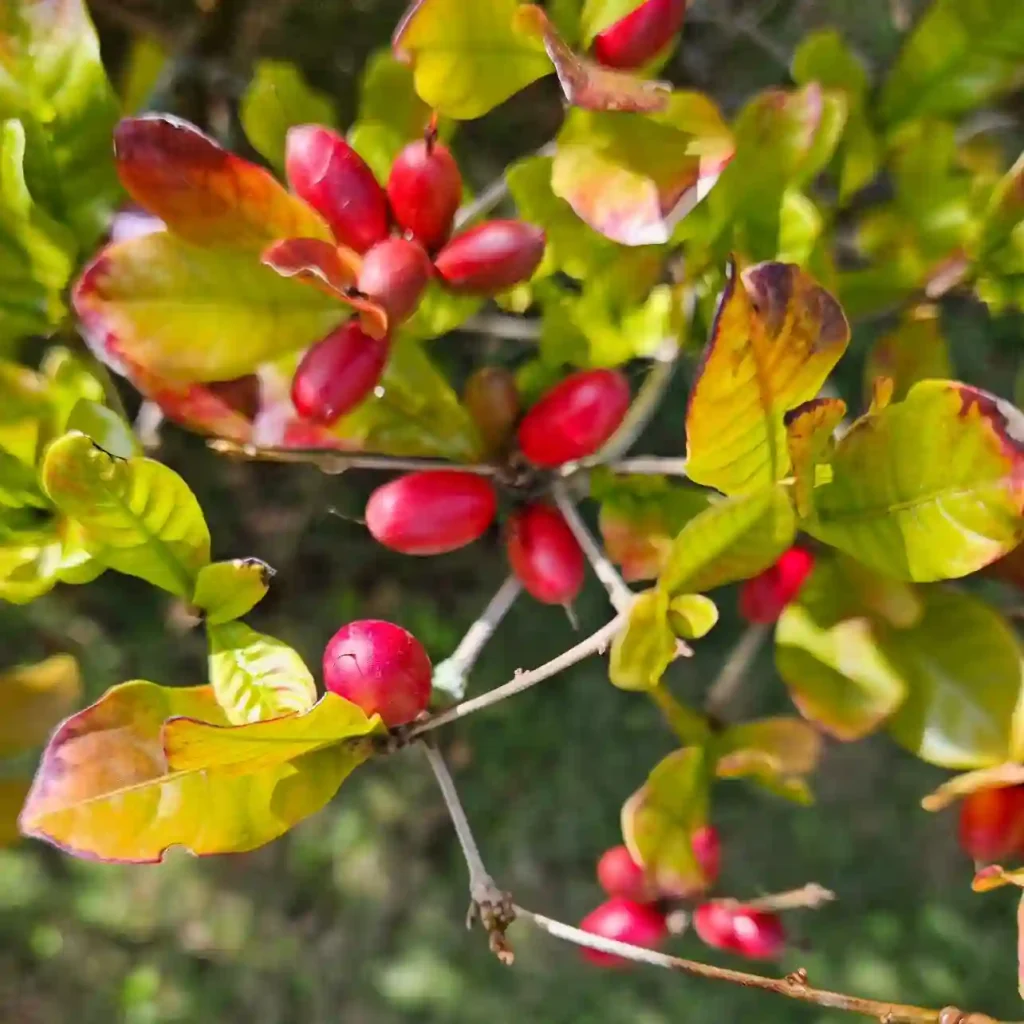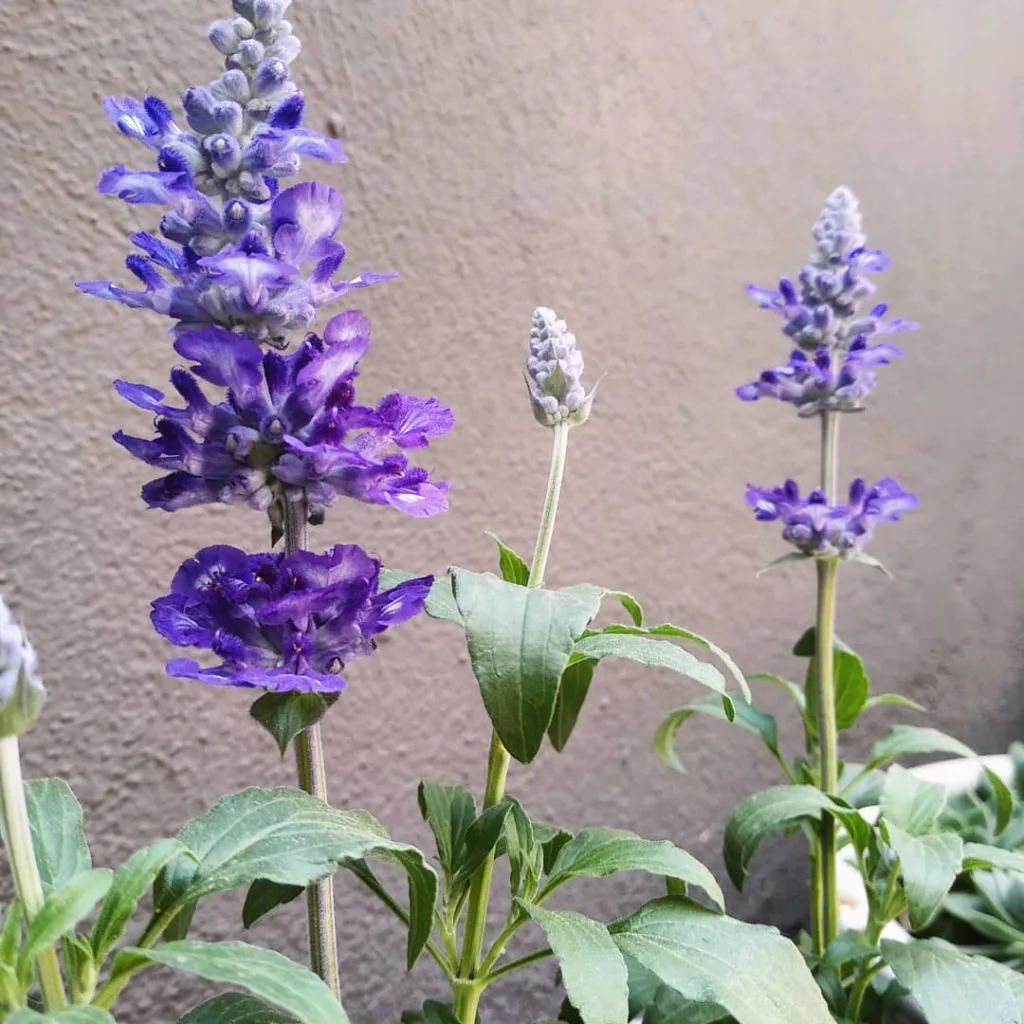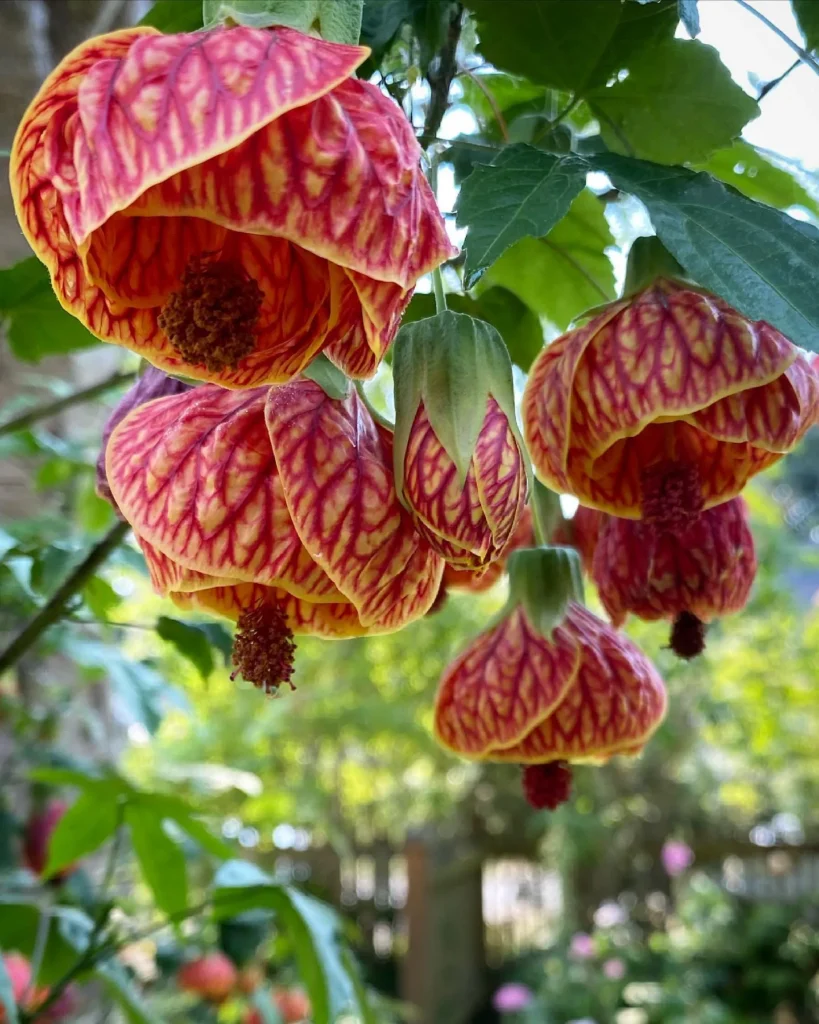Anthurium Faustomirandae: A Gardener’s Guide to the Gentle Giant
Hi there, Ferb Vu here! Today, we’re diving into the world of the Anthurium Faustomirandae, also affectionately known as Faustino’s Giant. This stunning aroid boasts some of the largest leaves in the Anthurium family, making it a true showstopper for any plant enthusiast.
But before you rush out and snag one, let’s get acquainted with this tropical beauty.
1327 Species in Genus Anthurium
What is Anthurium Faustomirandae?
The Anthurium Faustomirandae is a species endemic to Mexico, meaning it thrives naturally only in that specific region. This epiphytic plant, which can also grow terrestrially, is prized for its colossal, heart-shaped leaves. These verdant beauties can reach a staggering 2-4 feet in width when mature, creating a dramatic focal point in any indoor space.
While the flowers of Anthurium Faustomirandae are less showy compared to its flamboyant cousins, they still hold a certain charm. The plant produces green inflorescences with a maroon spadix, adding a subtle pop of color.
Anthurium Faustomirandae vs. Other Anthuriums: Friend or Foe?
With so many captivating Anthurium varieties, it’s natural to wonder how Fausto’s Giant stacks up. Here’s a quick comparison to two popular Anthurium choices:
- Anthurium Crystallinum: This velvet-leaved stunner shares the love for large foliage. However, Crystallinum’s leaves are more textured and veined, while Faustomirandae boasts a smoother, glossier appearance. Both are excellent choices for foliage enthusiasts.
- Anthurium Andraeanum: This flamboyant Anthurium is known for its brightly colored spathes (modified leaves) that enclose the flowers. While Fausto’s Giant might not compete on flower showmanship, its sheer leaf size makes it a unique and impressive addition to any collection.
Ultimately, the choice between these Anthuriums depends on your preference. If you crave bold foliage, Fausto’s Giant is a winner. If vibrant flowers are your thing, Andraeanum might be a better fit.
How to care for Anthurium Faustomirandae?
Now that you’re smitten with this leafy giant, let’s talk about keeping it happy. Here’s what you need to know:
- Light: Fausto’s Giant prefers bright, indirect light. Avoid harsh midday sun, which can scorch the leaves.
- Water: This aroid enjoys consistent moisture but doesn’t appreciate soggy soil. Allow the top inch of the potting mix to dry slightly between waterings.
- Humidity: Mimicking its tropical origins, Fausto’s Giant thrives in high humidity. Grouping it with other plants, using a pebble tray, or investing in a humidifier can help create a suitable environment.
- Temperature: Maintain a warm and stable temperature range between 65-80°F (18-27°C). Avoid sudden temperature fluctuations.
- Soil: A well-draining, airy potting mix is crucial. Aroid mix or orchid mix are good options.
- Fertilizer: During the growing season (spring and summer), a balanced fertilizer diluted to half strength can be applied monthly. Withhold fertilizer during the winter months.
Remember: Patience is key! Anthurium Faustomirandae is a slow grower, so don’t expect overnight results. Focus on providing the right environment, and your plant will reward you with its majestic presence for years to come.
Is Anthurium Faustomirandae rare?
While not as readily available as some common Anthuriums, Fausto’s Giant isn’t exceptionally rare. With growing popularity, it’s becoming easier to find from specialized plant nurseries and online retailers.
Is Anthurium Faustomirandae toxic?
Yes, like most Anthuriums, Fausto’s Giant contains calcium oxalate crystals, which can be mildly toxic if ingested. Keep it out of reach of pets and children.
Can Anthurium Faustomirandae be grown outdoors?
In warm climates (USDA zones 10-11), Fausto’s Giant can thrive outdoors in a sheltered location with high humidity. However, most gardeners will have better luck keeping it happy indoors.
How big does Anthurium Faustomirandae get?
Mature plants can reach a height of 3-4 feet with leaves spanning 2-4 feet wide.
I hope this guide has equipped you with the knowledge to successfully cultivate your very own Anthurium Faustomirandae. Remember, with proper care and a little patience, this gentle giant will become a cherished centerpiece in your home, its lush foliage a constant source of beauty and conversation.
Beyond its visual appeal, Fausto’s Giant offers a sense of connection to the vibrant world of tropical rainforests. As you nurture this exotic beauty, you’re not just caring for a plant, you’re fostering a piece of nature’s grandeur within your own walls. So, why not embark on this rewarding journey and welcome Fausto’s Giant into your home?
If i die, water my plants!



